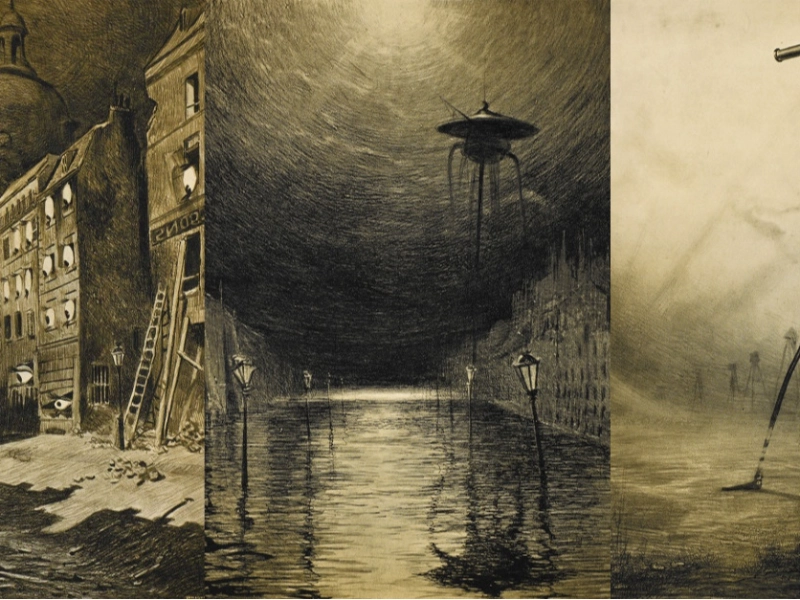Top 12 Classic Representations of Ball Lightning in Literature and Art
Advertisement
5. H.G. Wells' "The War of the Worlds"

Advertisement
Published in 1898, H.G. Wells' classic science fiction work "The War of the Worlds," is a striking portrayal of ball lightning that accentuates the otherworldly terror of the work. Wells vividly captures the core of ball lightning in the book as the Martian invaders unleash their terrible heat-ray weapon: "I saw something rushing up the hill, something in the shape of a monstrous moving disc that seemed to float in a kind of flutter of lightning." This vivid description captures the spherical form, apparent ability to move against gravity, and connection with electrical events of the novel's Martian invaders. Wells's inclusion of this ball lightning-like phenomena has several uses in the story. First of all, it accentuates the alien and terrible aspect of the Martian technology, therefore giving the human protagonists even more advanced and incomprehensible impression. The link of the Martian weapons with a rare and poorly known natural occurrence accentuates the supremacy of the invaders over the protection of Earth. Second, the usage of ball lightning images helps to create the general chaos and disturbance of the natural order that penetrates the book. The introduction of this odd occurrence alongside the Martian invasion supports the belief that the planet as the characters know it is undergoing major transformation. Science fiction and scientific debate have been permanently changed by Wells's account of ball lightning-like events in "The War of the Worlds". Many media have produced adaptations and interpretations based on it, each with their unique visual depiction of the phenomena. Furthermore, Wells's creative use of ball lightning has added to the continuous scientific curiosity about the phenomena since historical records of ball lightning observations often cite literary accounts. For both artists and scientists, ball lightning's continuing allure is best shown by this interaction between scientific conjecture and creative inspiration.
You May Like
Advertisement

